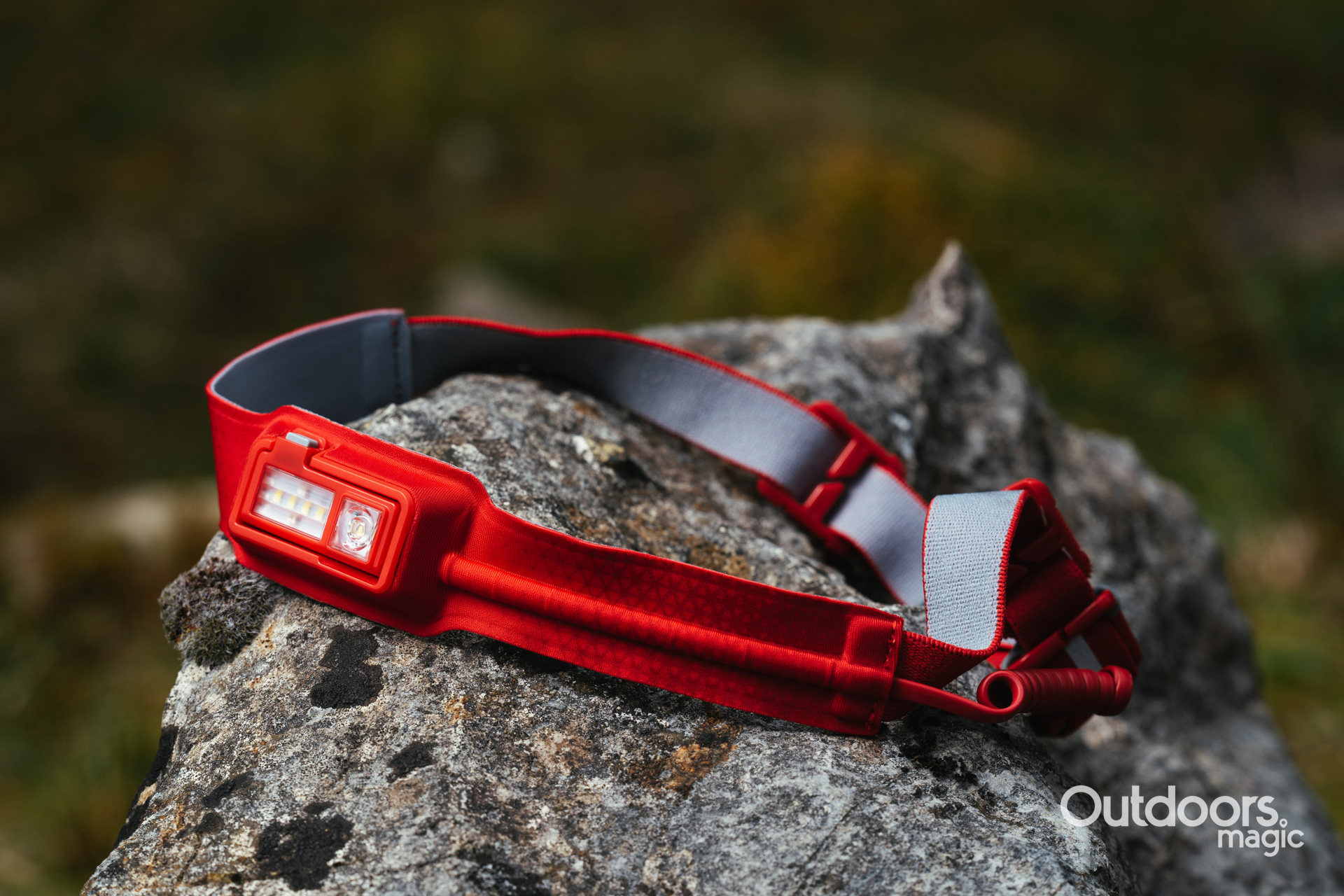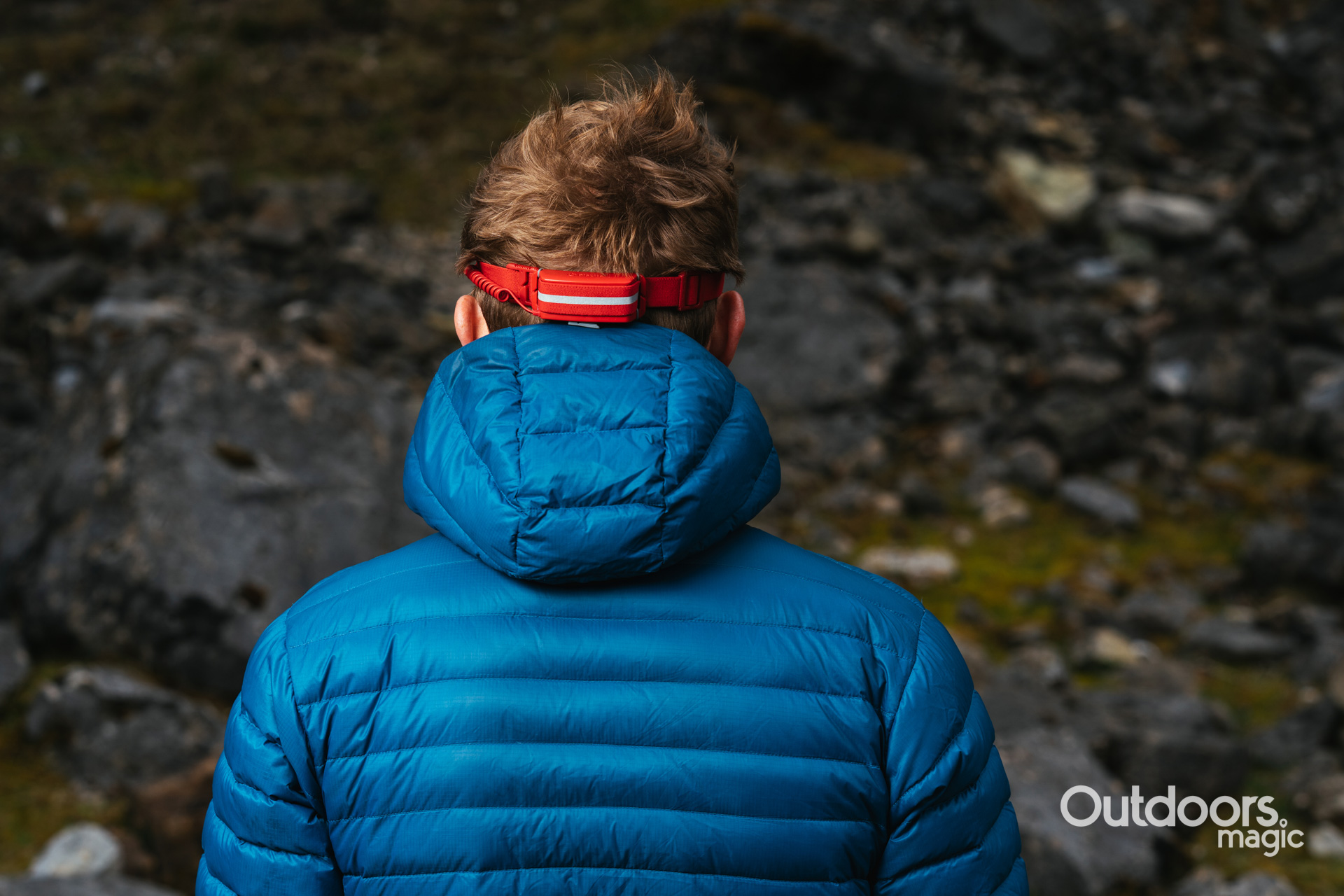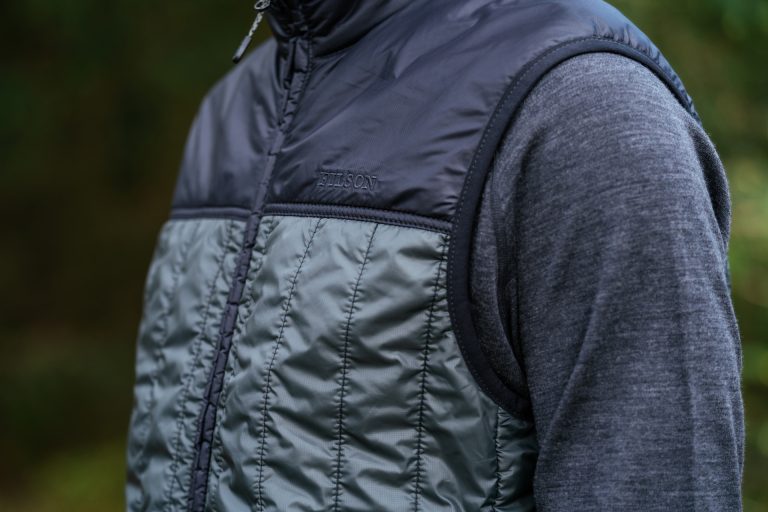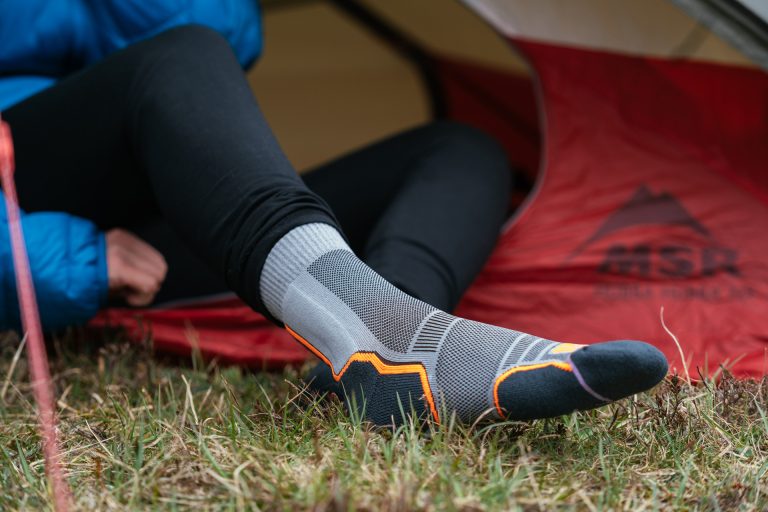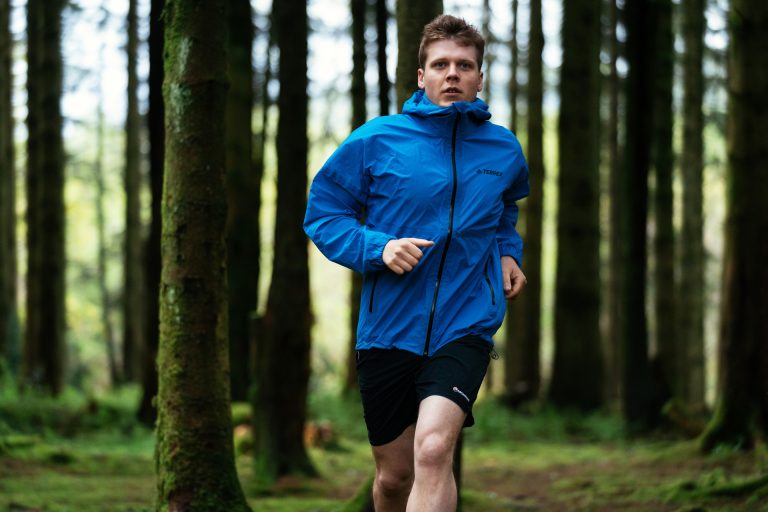Why We Chose The BioLite HeadLamp 330: Sleek and lightweight design, bright yet efficient capabilities, funding a worthy cause.
Headtorches are a pretty hard bit of kit to improve, with a well-refined range of products being produced by many of the mainstays in the market.
So we naturally become intrigued when a newcomer pushes into the market, and with that, when they bring some fresh ideas and concepts to their designs – this is exactly the case with rookie BioLite.
BioLite came into being just 10 years ago when the founders met at a combustion conference in New York. One of them, Jonathan Ceda, had brought along a working prototype of a biomass stove (the original CampStove) and when he crossed paths with Alec Drummond, a camping enthusiast with an engineering background, a unique idea was born between them.
“The whole torch hugs your head comfortably and it was great to not feel any amount of bulk at the top of my forehead”
The stove they eventually produced and began selling together was capable of bringing safe and affordable energy to those who needed it most, with a biomass thermoelectric method they had developed requiring 50% less fuel than fossil fuel stoves and reducing toxic emissions by 90%. Additionally, their product achieved this whilst also being able to produce electricity through the heat generated by the stove – enough to charge personal devices.
Fast forward on, and after making waves in the outdoor industry with their stoves, BioLite have had a crack at headtorches. With the bio energy experience behind them, BioLite were able to design this headtorch, the Headlamp 330, which runs off USB power and looks to move consumers away from an over-reliance on disposable batteries. Yes, this is by no means a new idea, but the unique thing with this is that BioLite have achieved all this in an impressively small and lightweight package.
Better still, the HeadLamp 330 also packs a punch when it comes to brightness, offering the wearer, you guessed it – 330 lumens. That’s 330 lumens at a weight of 69g, with an average burn time of 40 hours on the low setting and 3 hours 30 minutes on high – and all at the price of £50.


